SOCIAL HOUSING: THE VIENNA MODEL
Vienna is ranked as one of the world’s most livable cities year after year. A key contribution to this accolade is its affordable housing situation. To a large extent, this is owed to the internationally recognized social housing policy of the City of Vienna that is ongoing since the end of WW I.
To share the key elements, experiences and lessons learned from this unique model, the Austrian Cultural Forum Washington organized, in collaboration with the University of Maryland, School of Architecture, Planning and Preservation and the Montgomery County, the symposium The Vienna Model: Social Housing for the 21st Century, which took place at the University of Maryland on September 13, 2019.
“Vienna is the 2nd largest city as well as the largest university city in the German speaking world and also one of the fastest growing cities in Europe. Today, more than 50 percent of all Viennese live in subsidized apartments – either in one of the 220,000 municipal housing apartments or in one of the 200,000 cooperative apartments built with city subsidies.”
The aim was to exchange approaches, methods, ideas, experiences, and possibilities on the important issue of social housing from an Austrian and US viewpoint. International experts from Vienna were joined by local representatives of the university, non-profit organizations, architects, planners, policy advocates and political leaders from both Montgomery and Prince George’s Counties to draw a comprehensive picture of what makes the “Vienna Model” so successful, but also to discuss today’s challenges in regard of social housing in Austria as well the US.
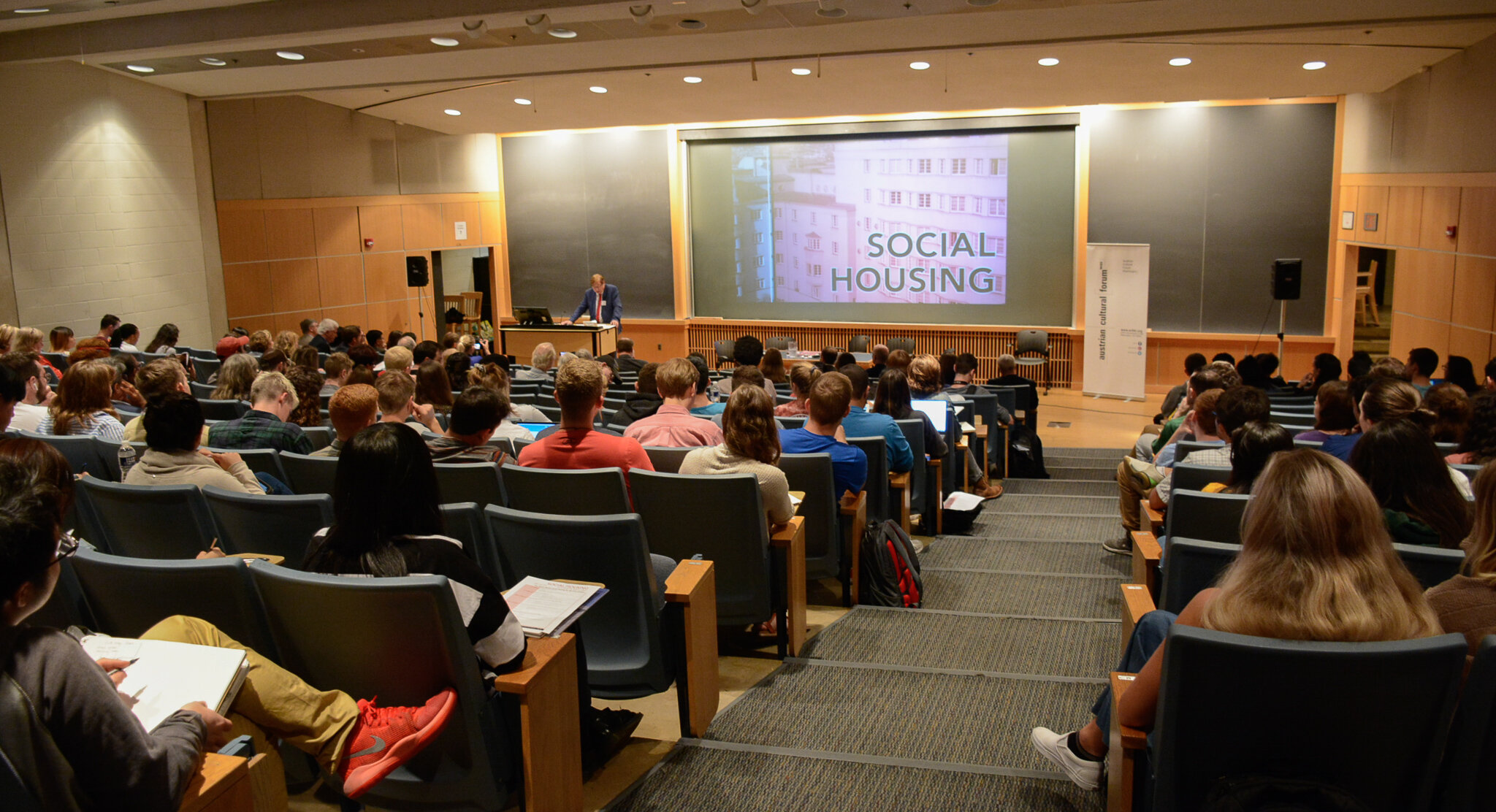
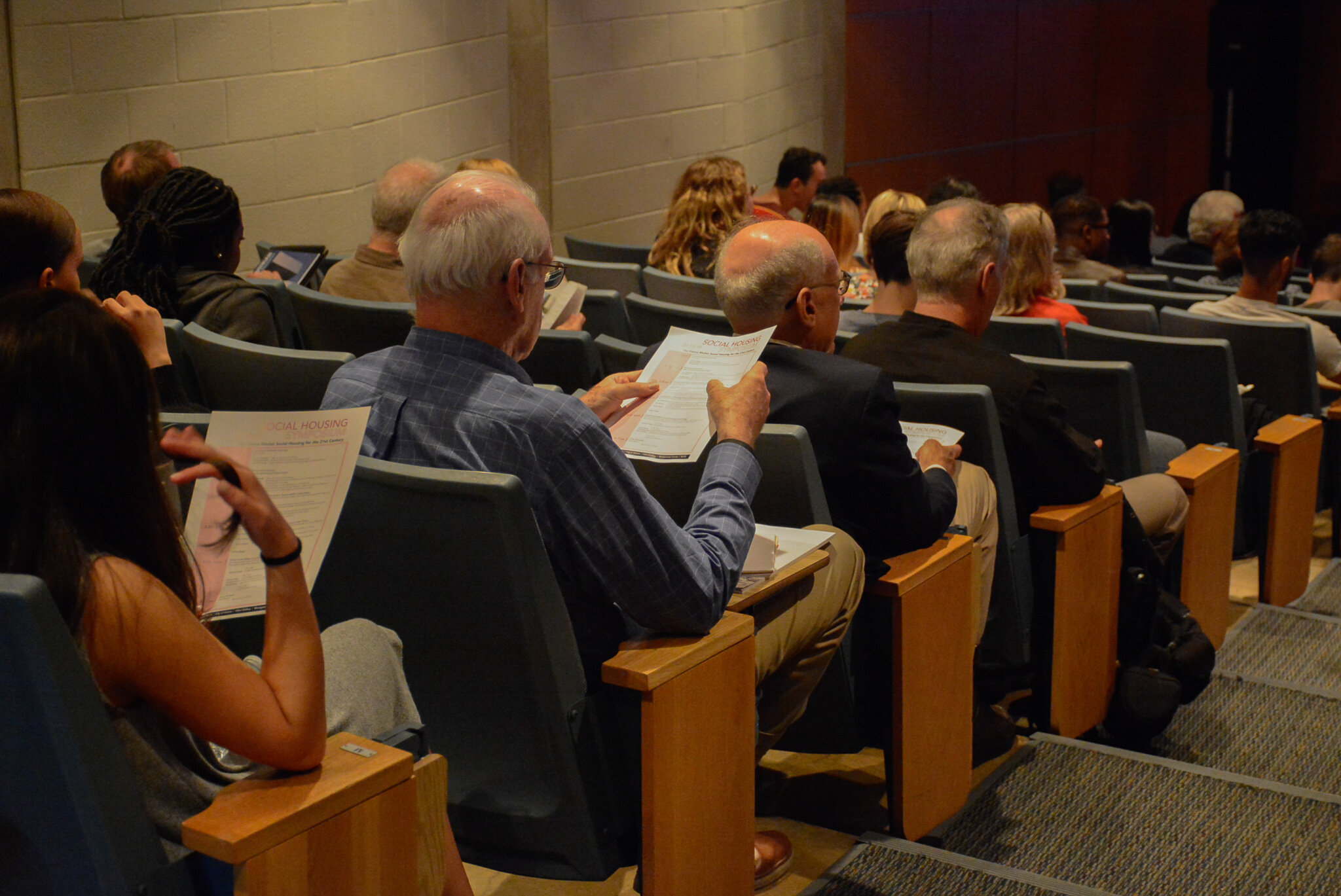
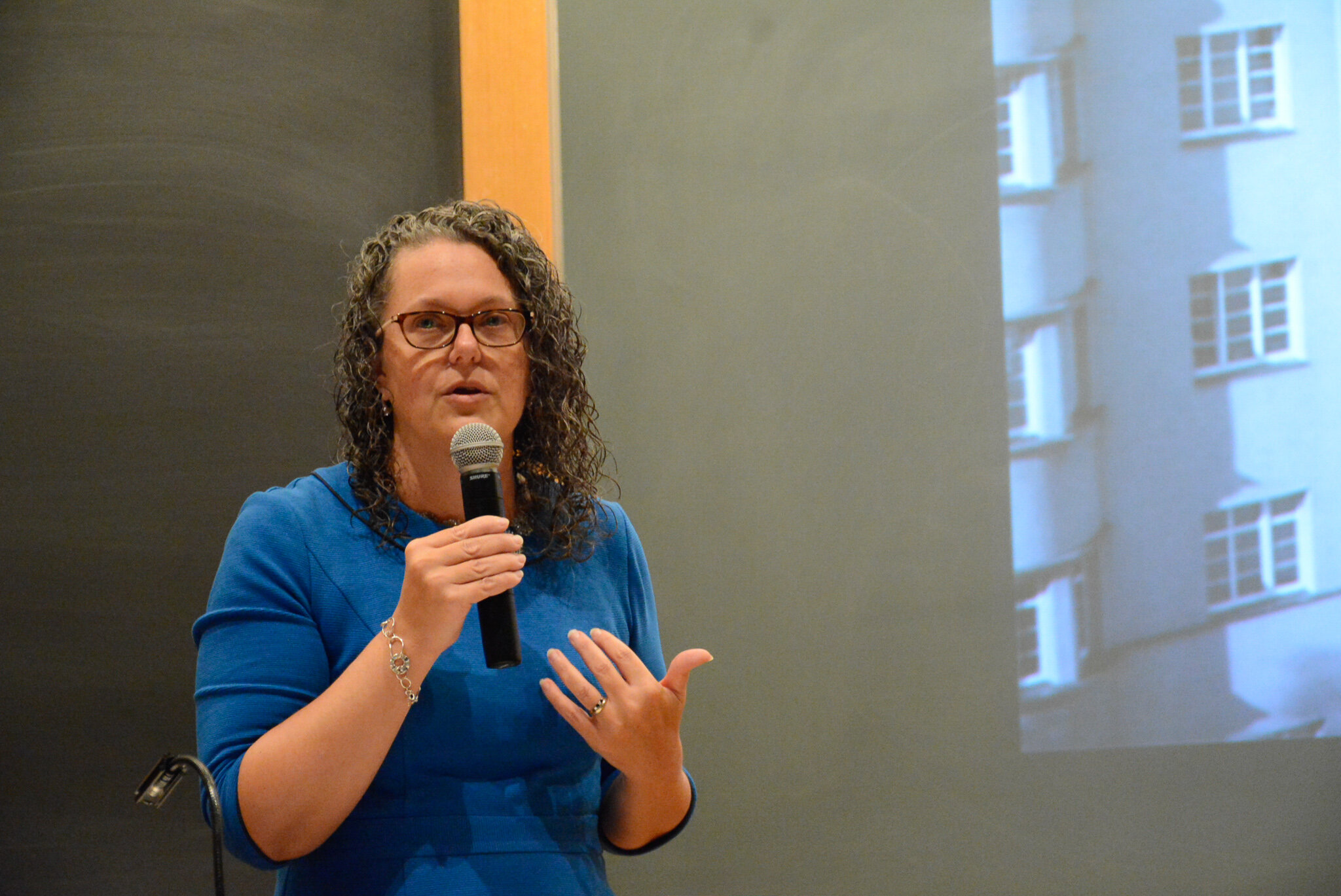
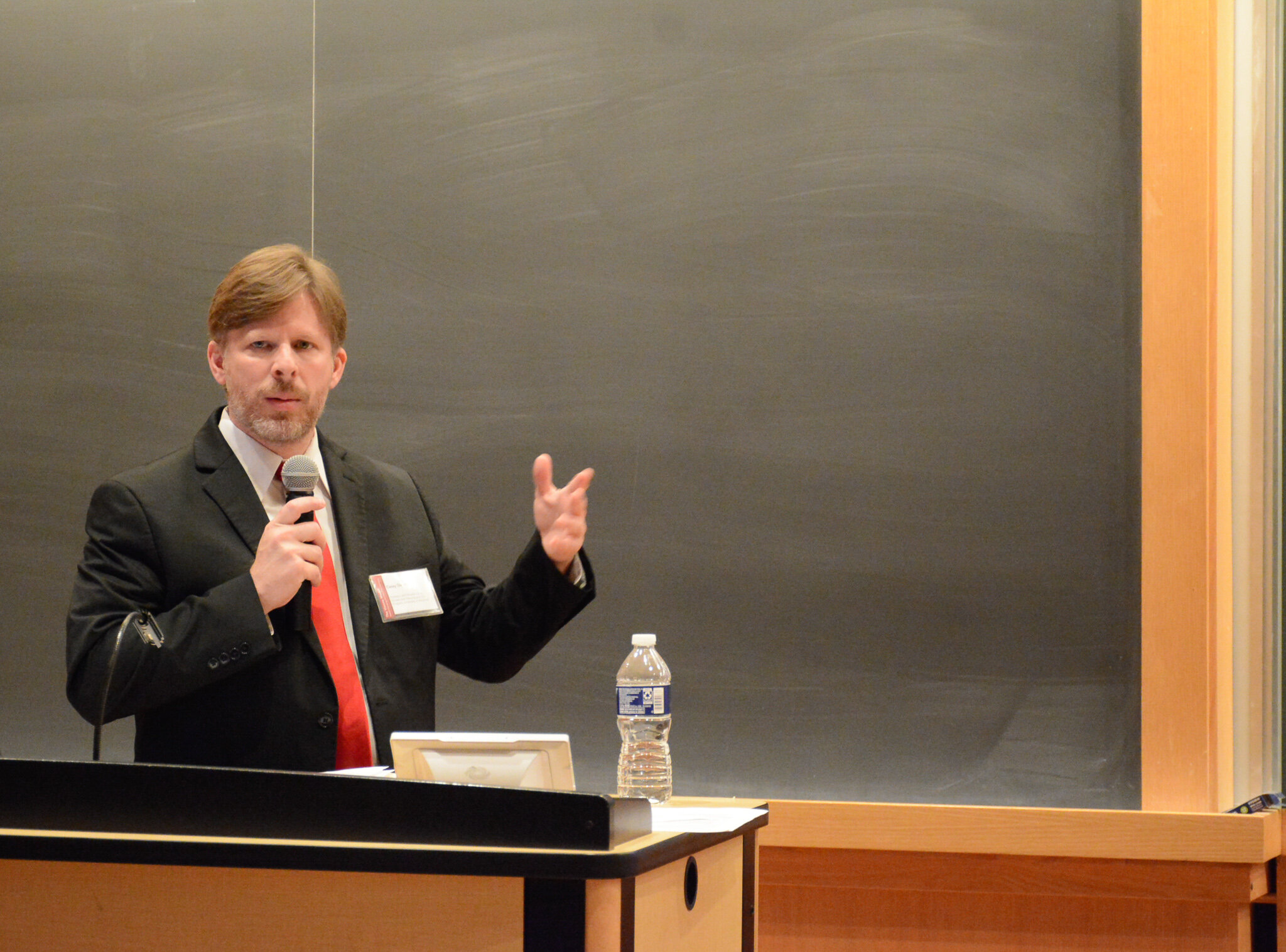
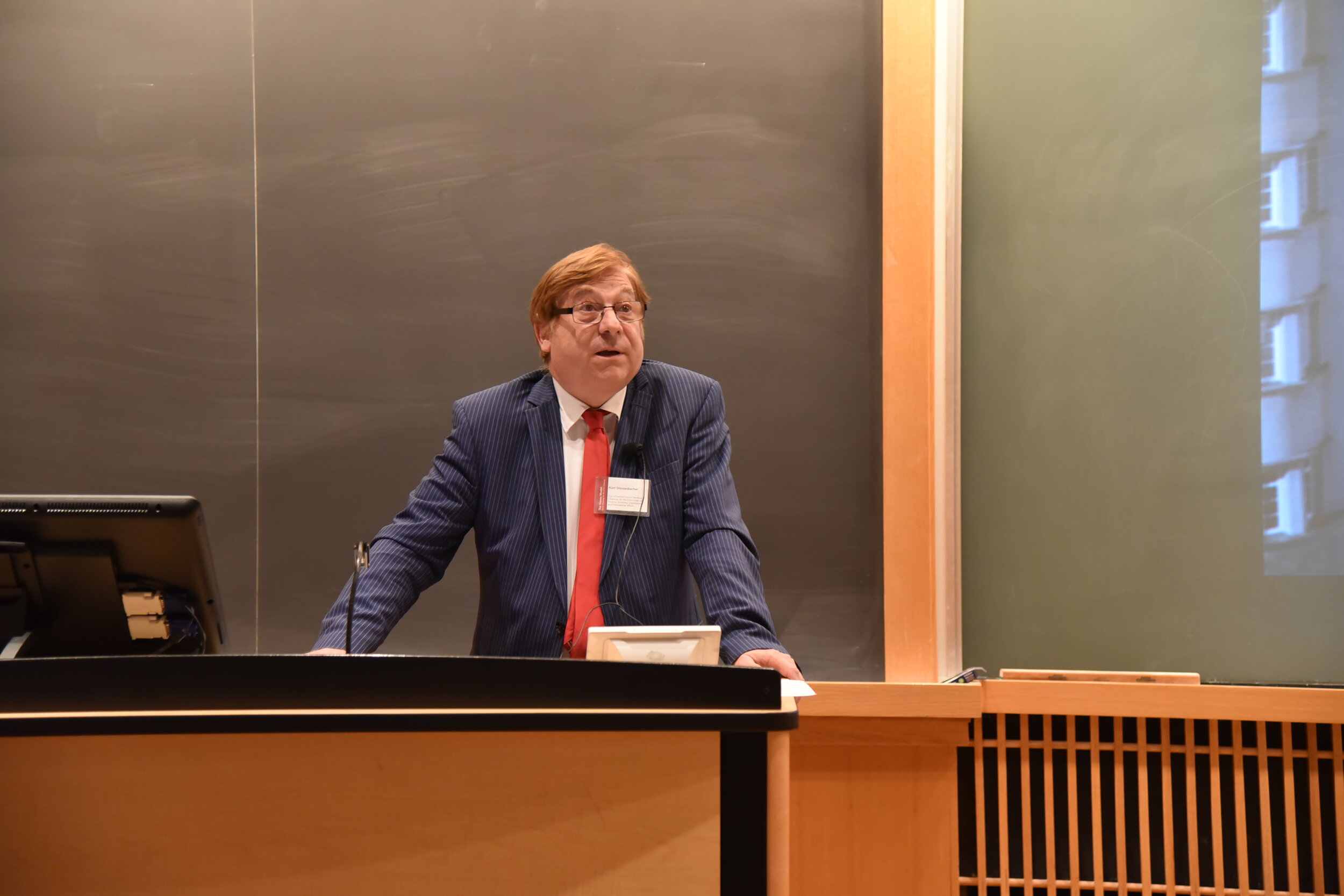
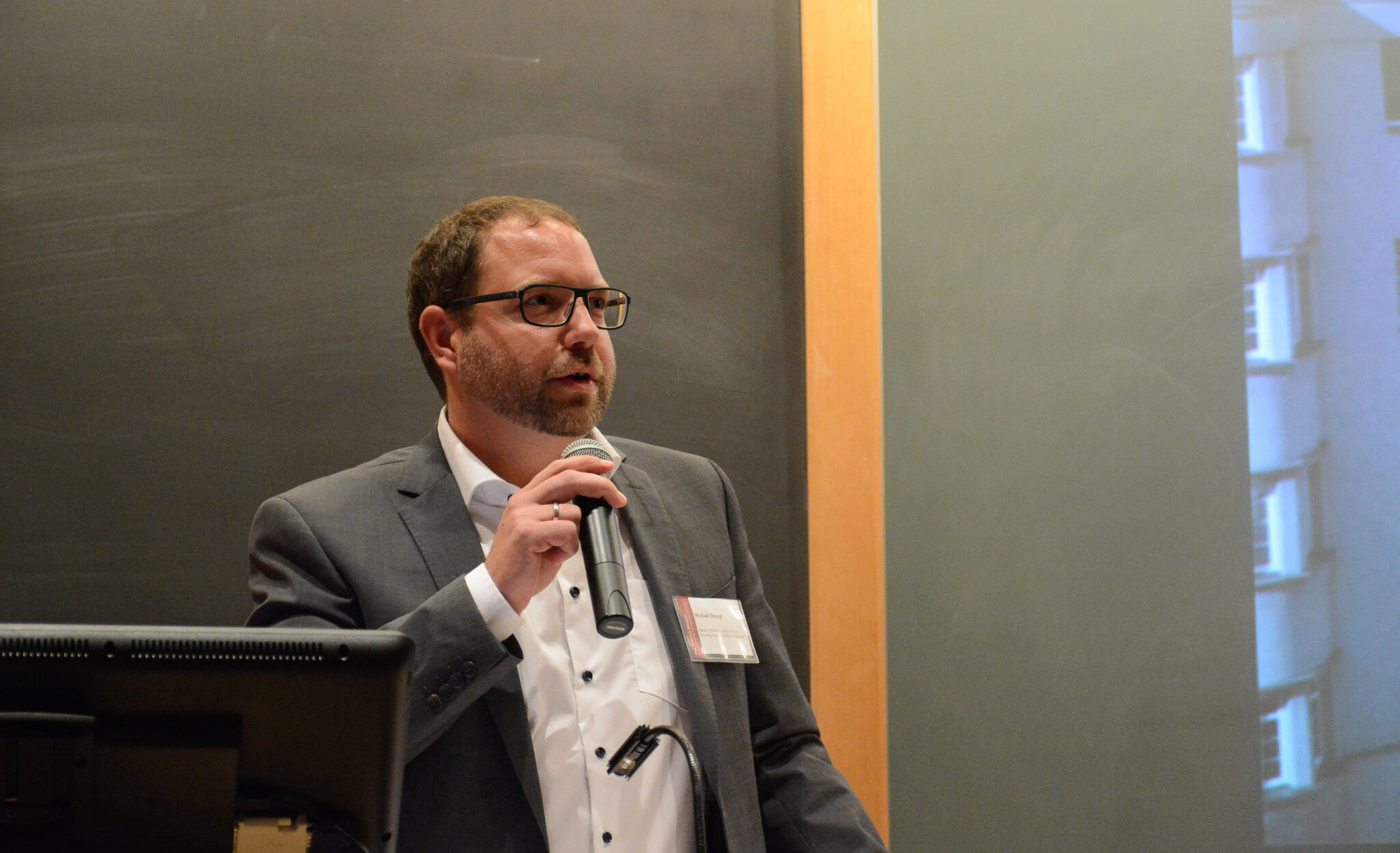
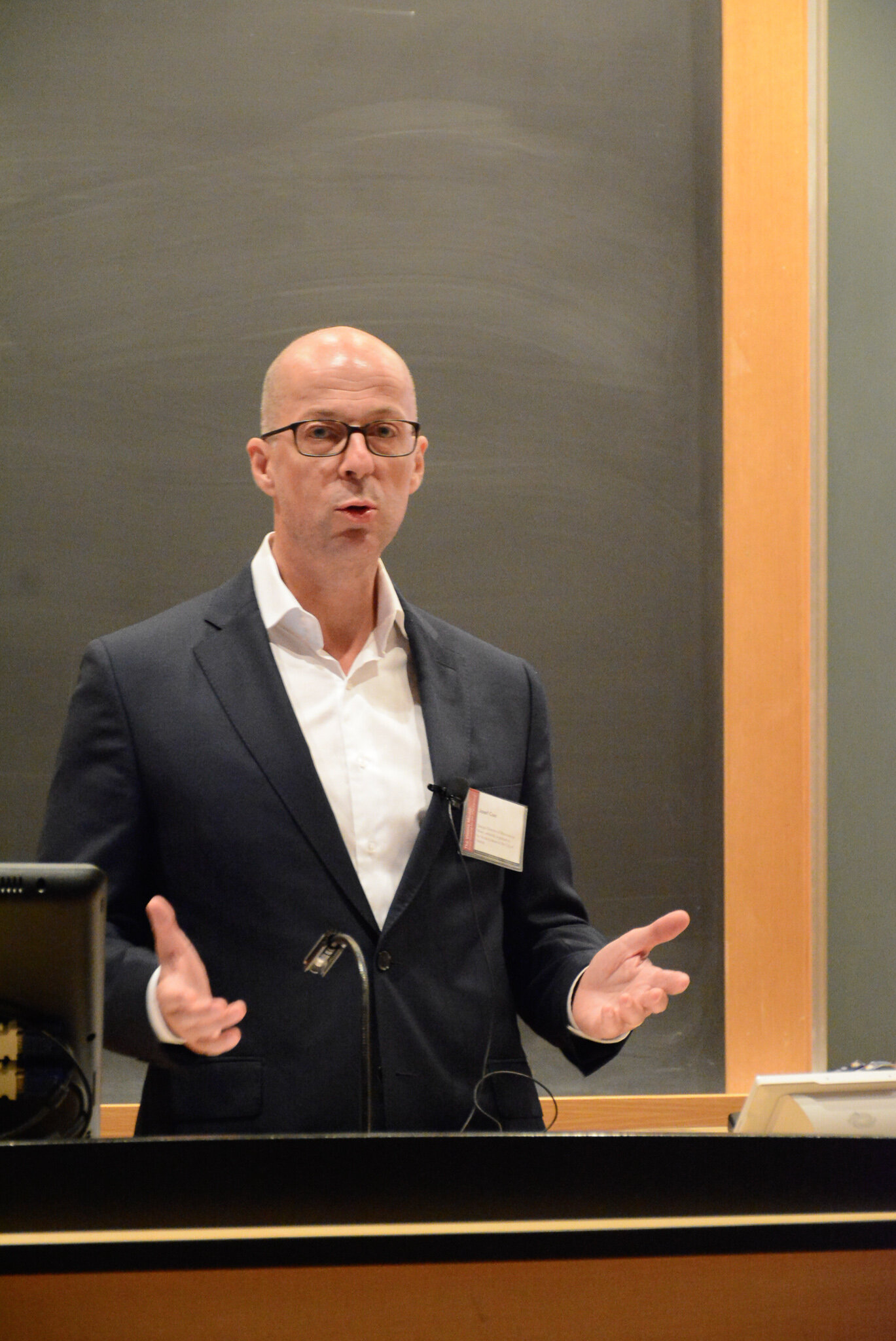
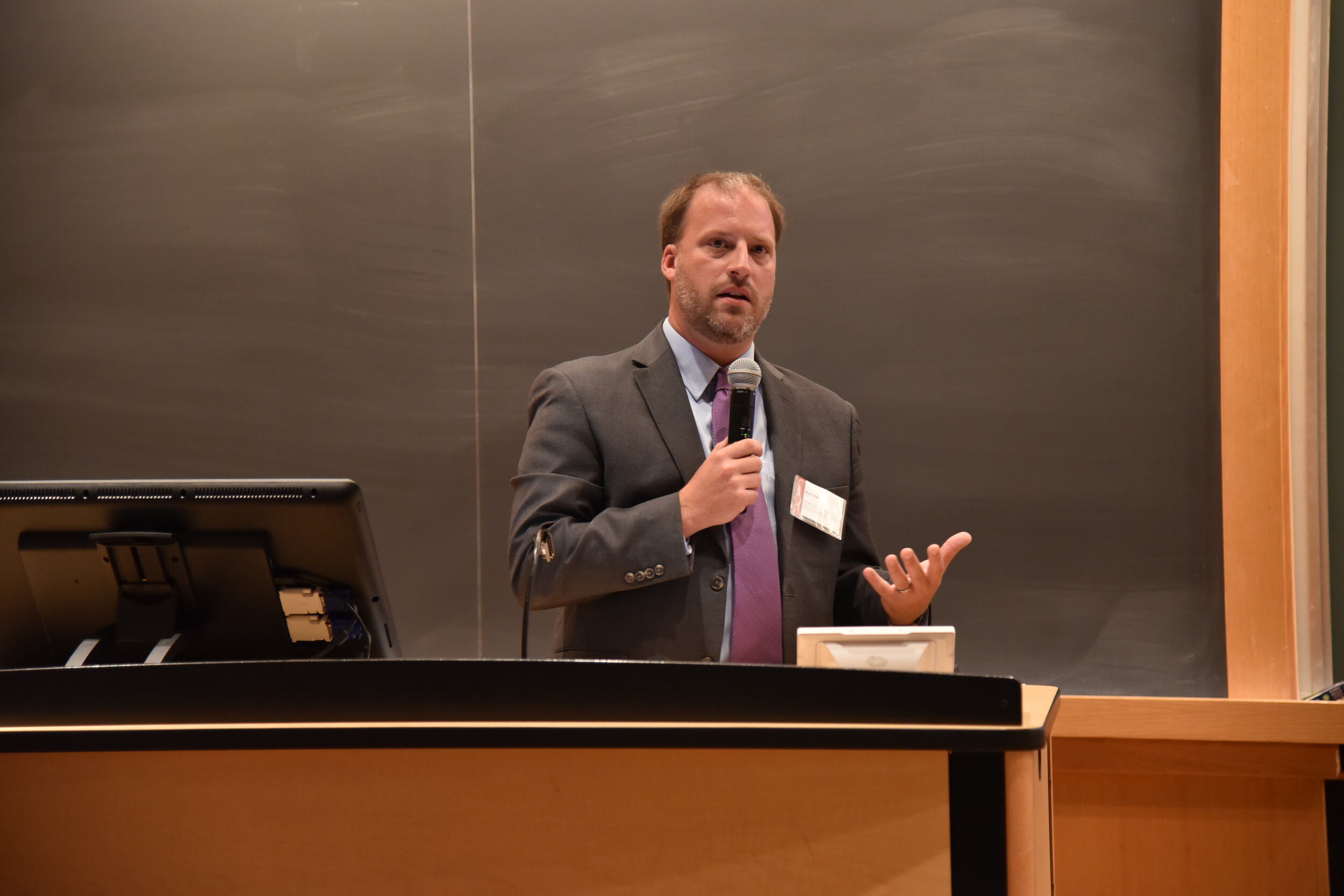
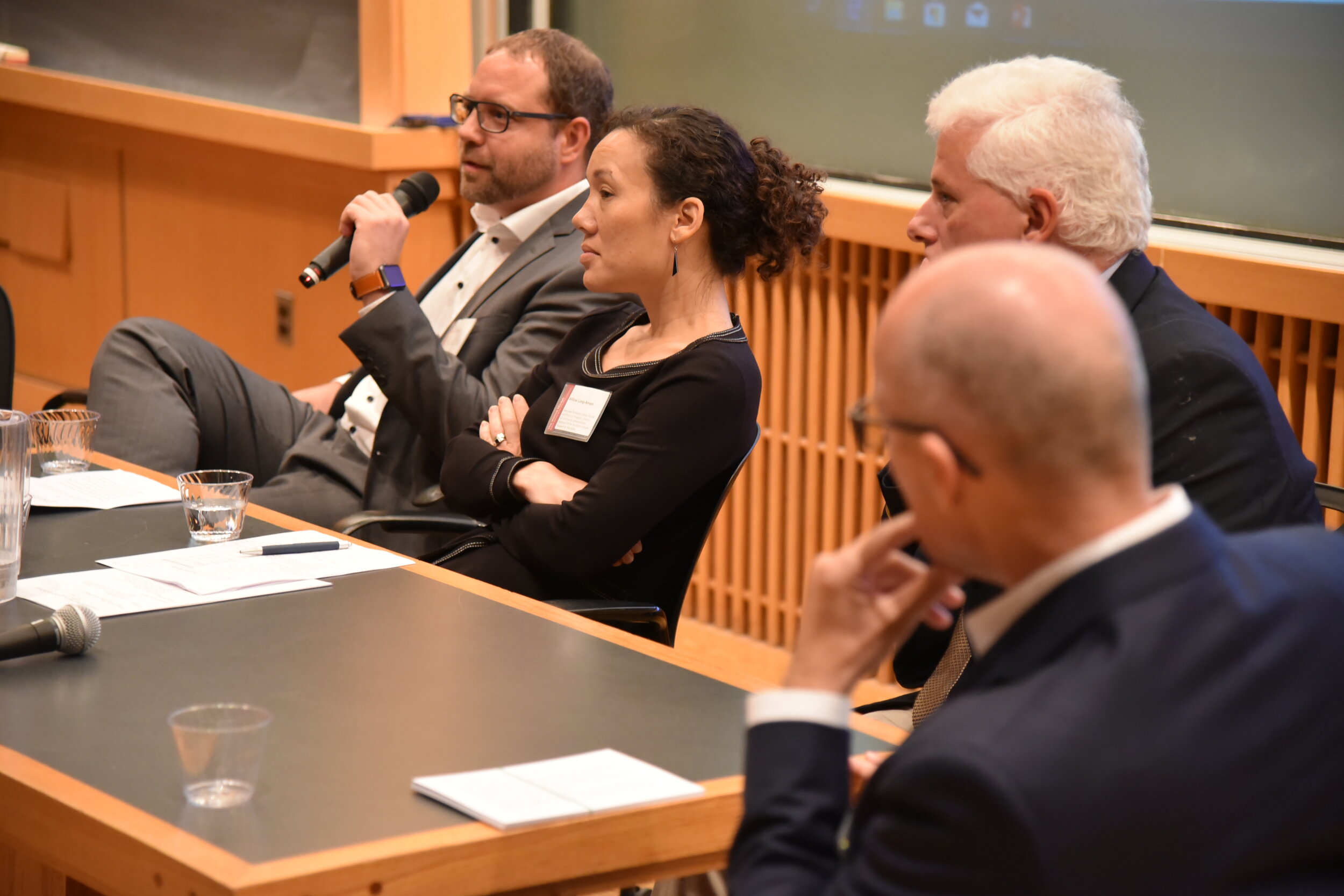
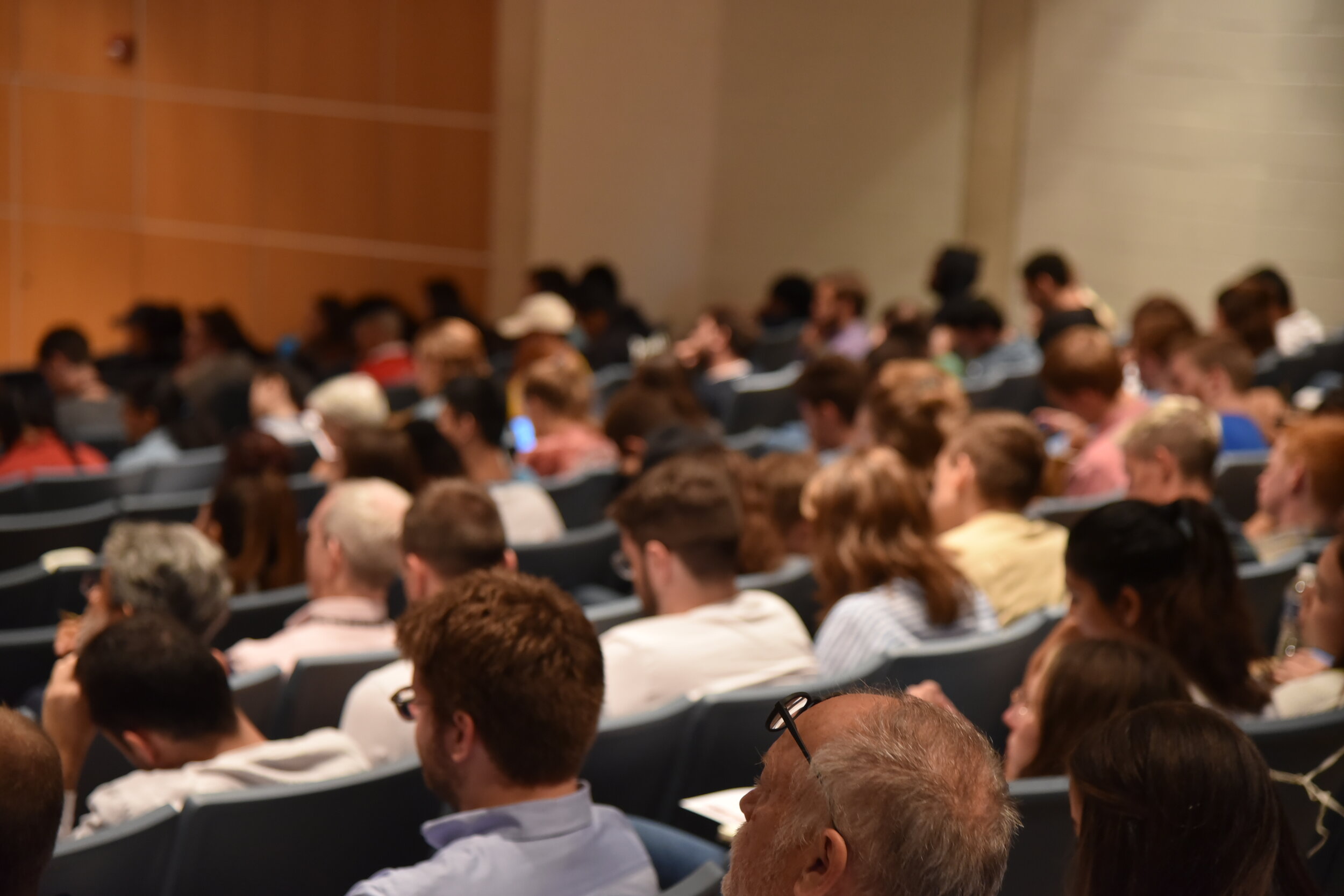
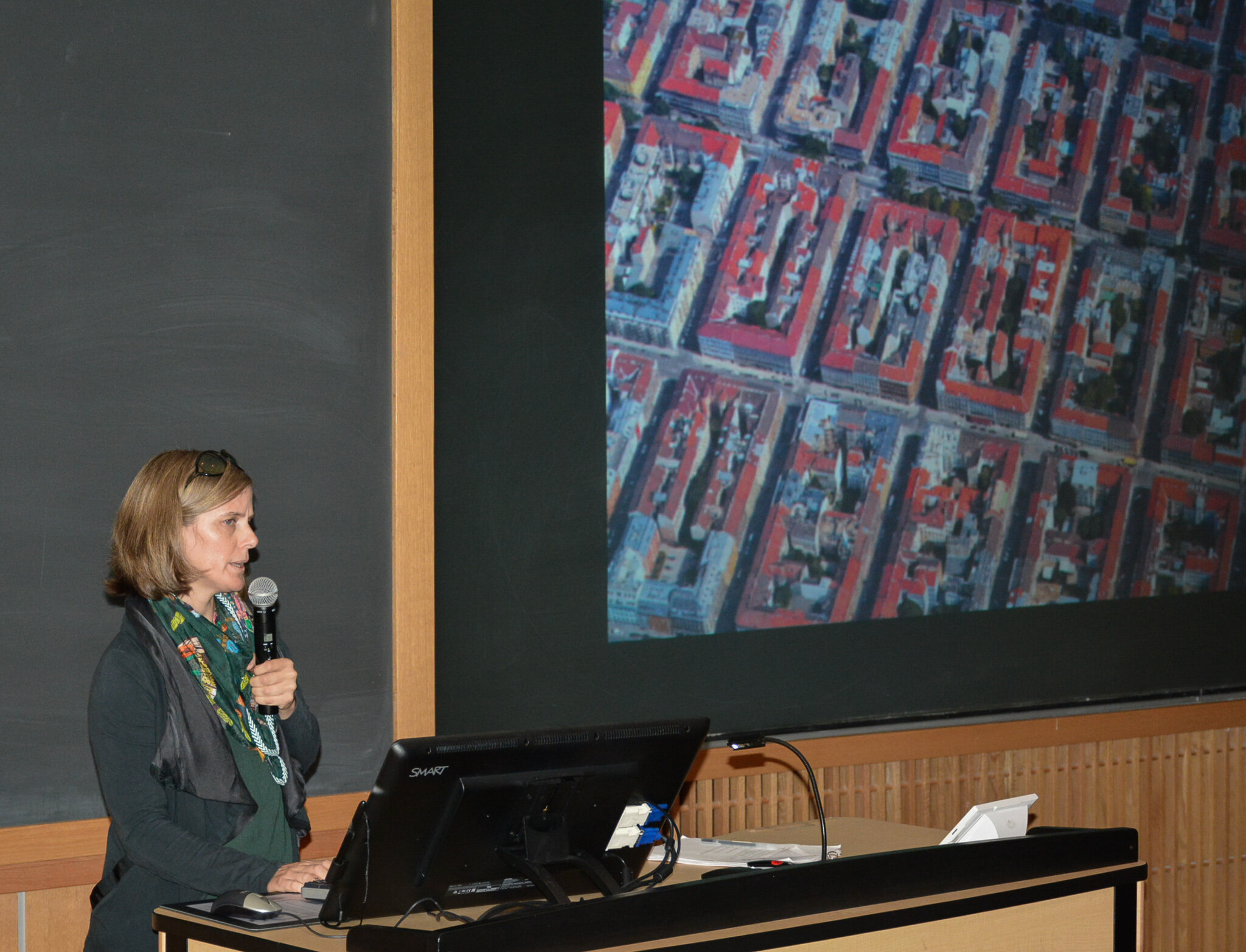

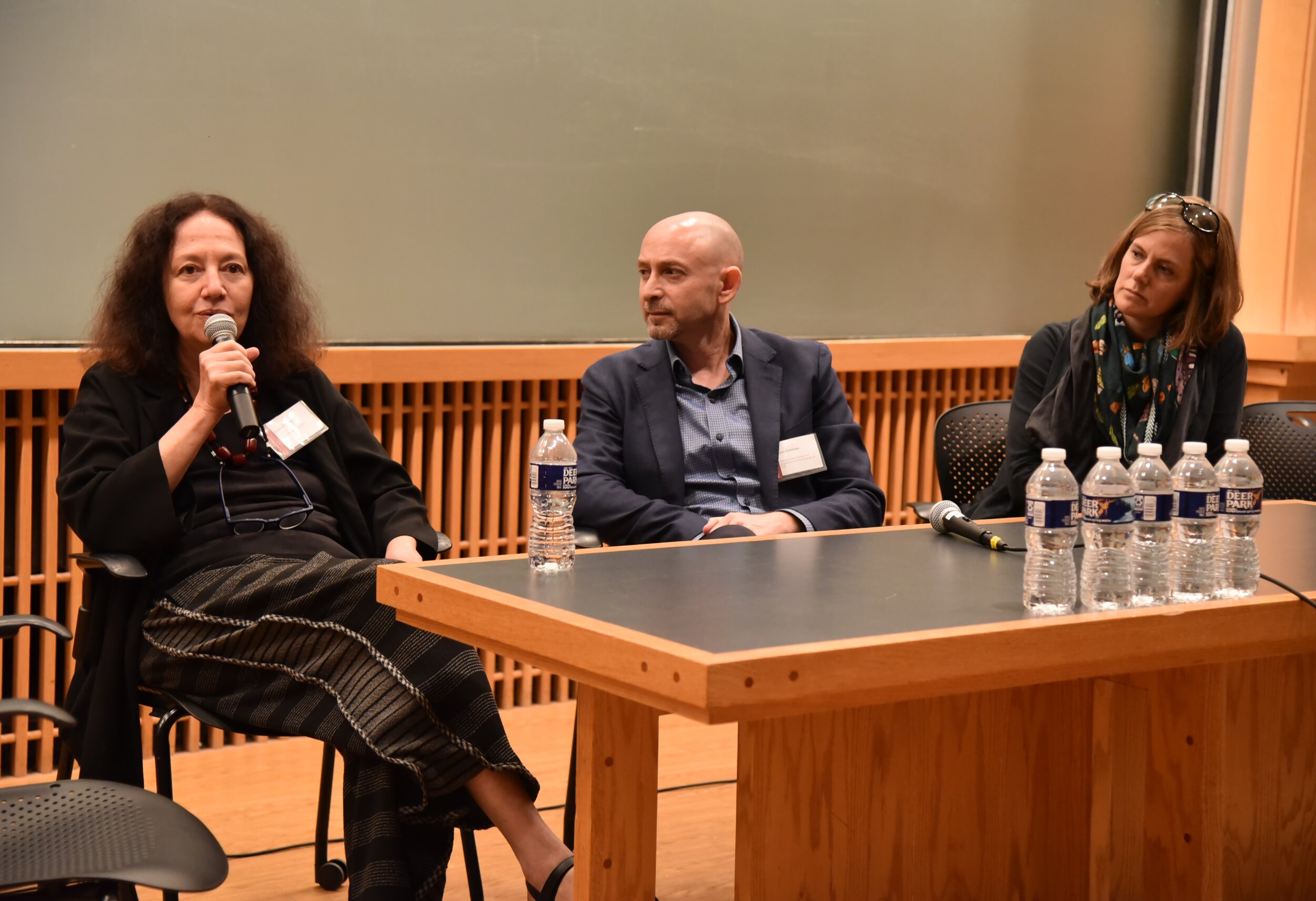
“The international comparison confirms the uniqueness of Vienna based on its high quality of living and housing as well as on its social diversity. (…) We see housing – as well as other services for the public like the public transport system, the water supply or the waste management – as a basic human right.”
Kurt Stürzenbecher (Council Member of the City of Vienna and Chairman of the Committee of Finance, Economy, Digitalization and International Affairs), Michael Stangl (Deputy Director of the Vienna Housing Agency Wiener Wohnen), and Josef Cser (Incoming Director of Wohnservice Wien handling housing issues in the City of Vienna), visiting from Vienna, discussed with the two Council members Hans Riemer (from Montgomery County) and Dannielle Glaros (from Prince George County) as well as Casey Anderson (Chair of Montgomery County Planning Board), Aseem Nigam (Director of Montgomery Department of Housing and Community Affairs), Matt Heckles (Assistant Secretary at the State of Maryland, Department of Housing and Community Development), and Willow Lung-Amam (Director of Community Development, National Center for Smart Growth) the similarities but also differences of the housing situation in Austria and the US. The panel discussions were clustered around three key aspects:
Why is Social Housing Critical Today?
Past and Present: Social Housing in Vienna and the United States
The Intersection of Financing, Policy, and Planning: Lessons from Vienna
The panel discussions were followed by the presentation of Viennese and US case studies in social housing and urban design. This session was of special interest to the numerous students of architecture in attendance, as well as the other participating guests. Katharina Bayer, partner at einszueins architektur Vienna, local architect Suzane Reatig and Evan Goldman, architect and developer at EYA, LLC presented social housing projects.
“The exchange of knowledge on an international level is seen as a key issue in further developing our housing program. I therefore welcome the opportunity to present our achievements. My hope is that this exhibition can help to generate discussion on this topic, which is essential for the future of our cities.”

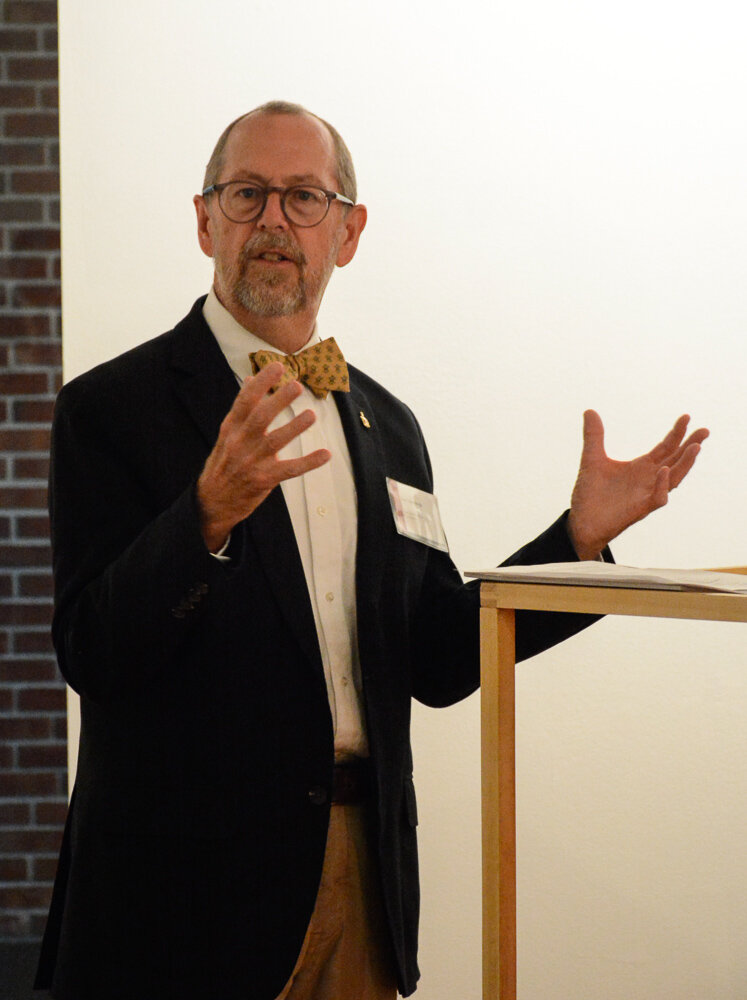
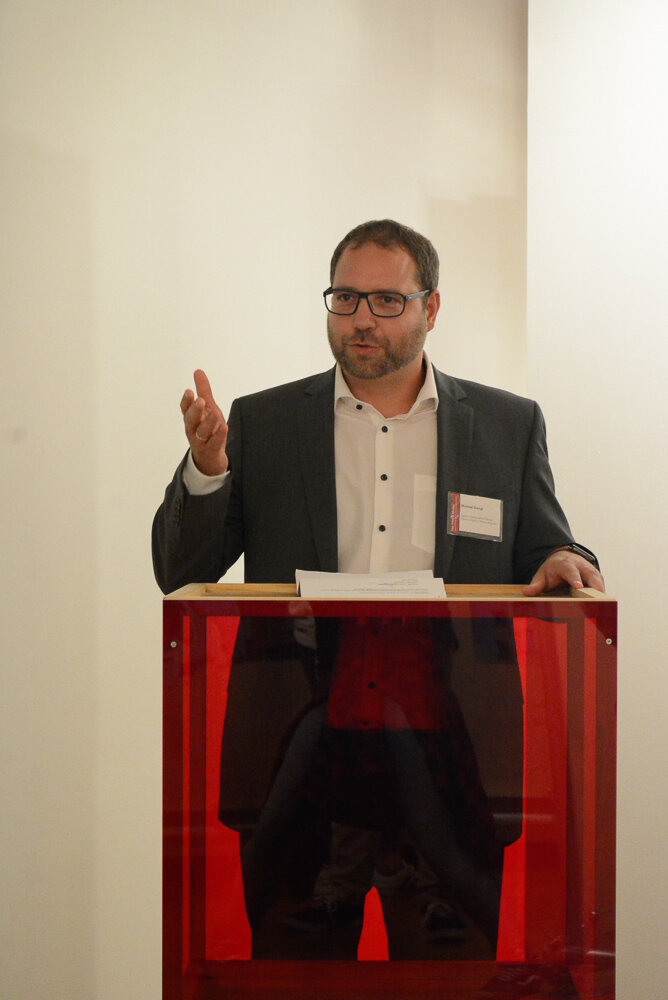
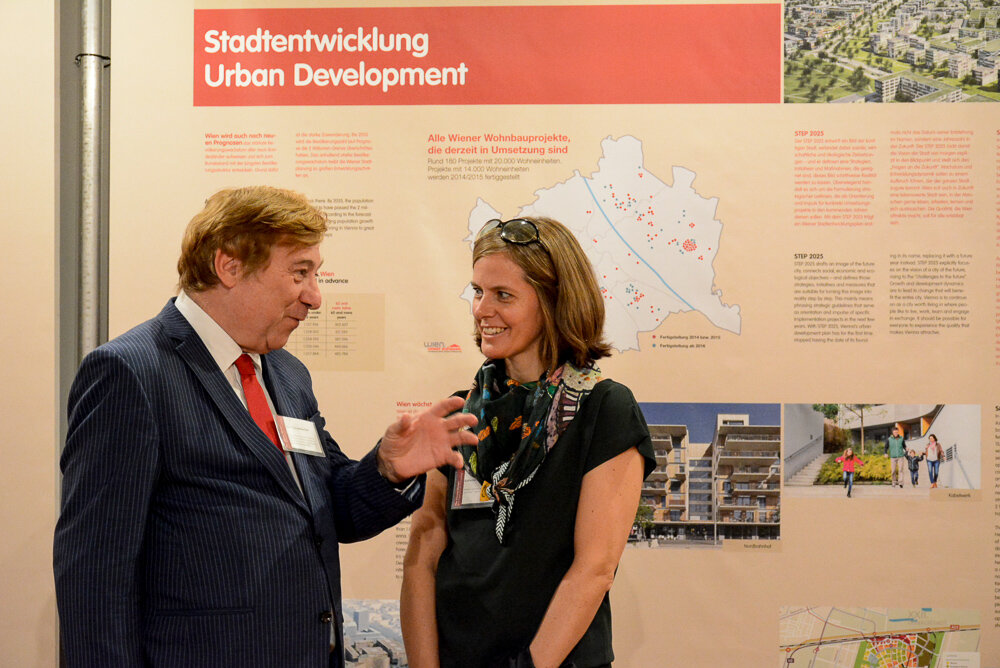
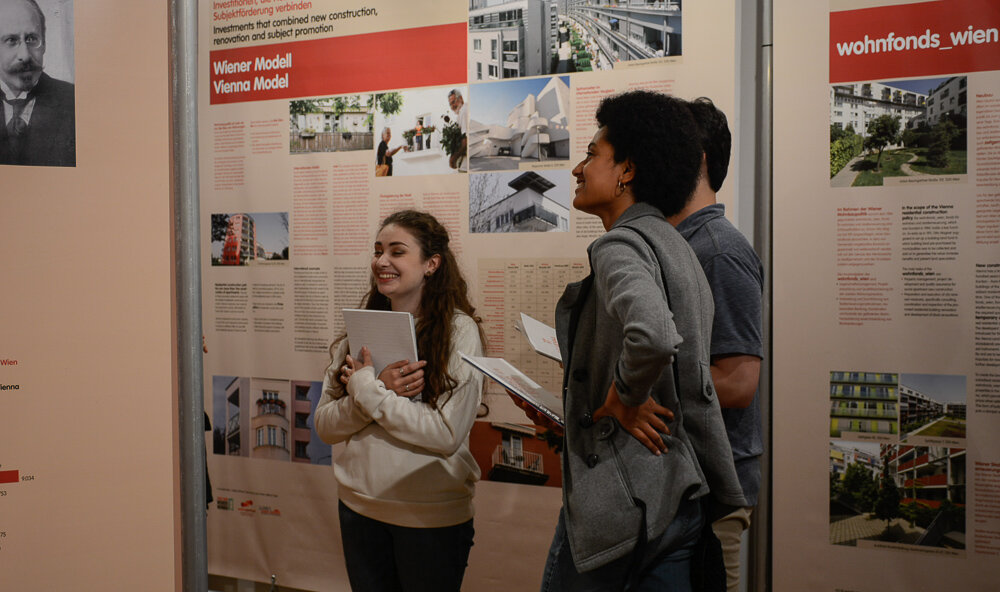

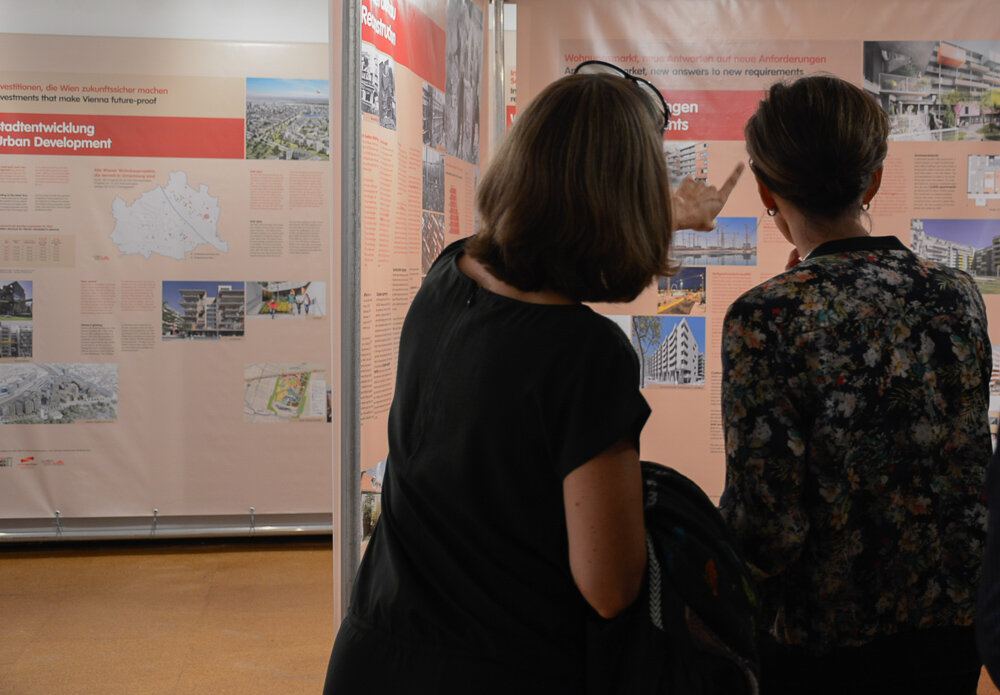
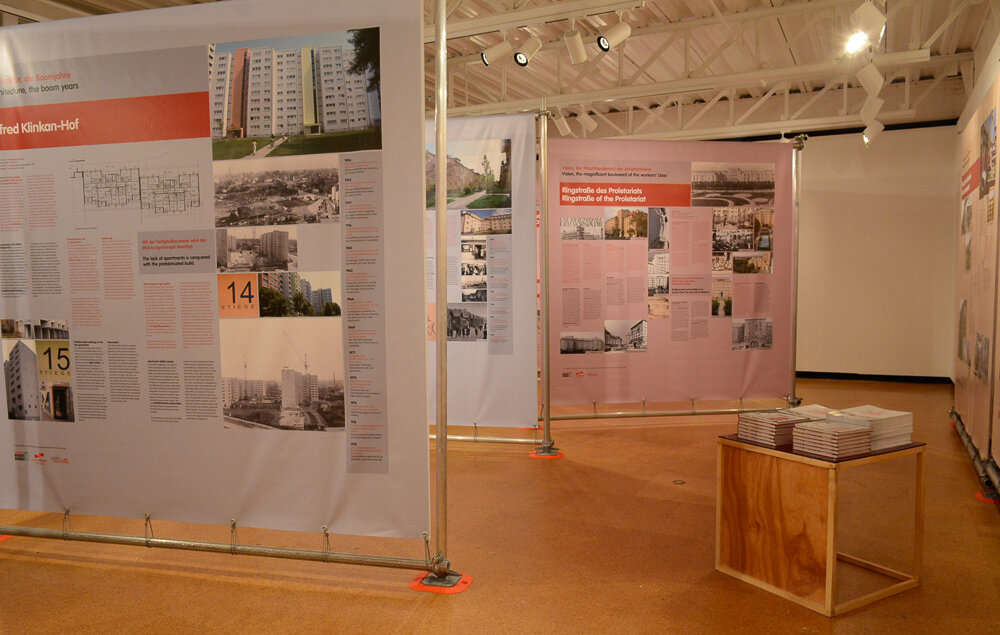
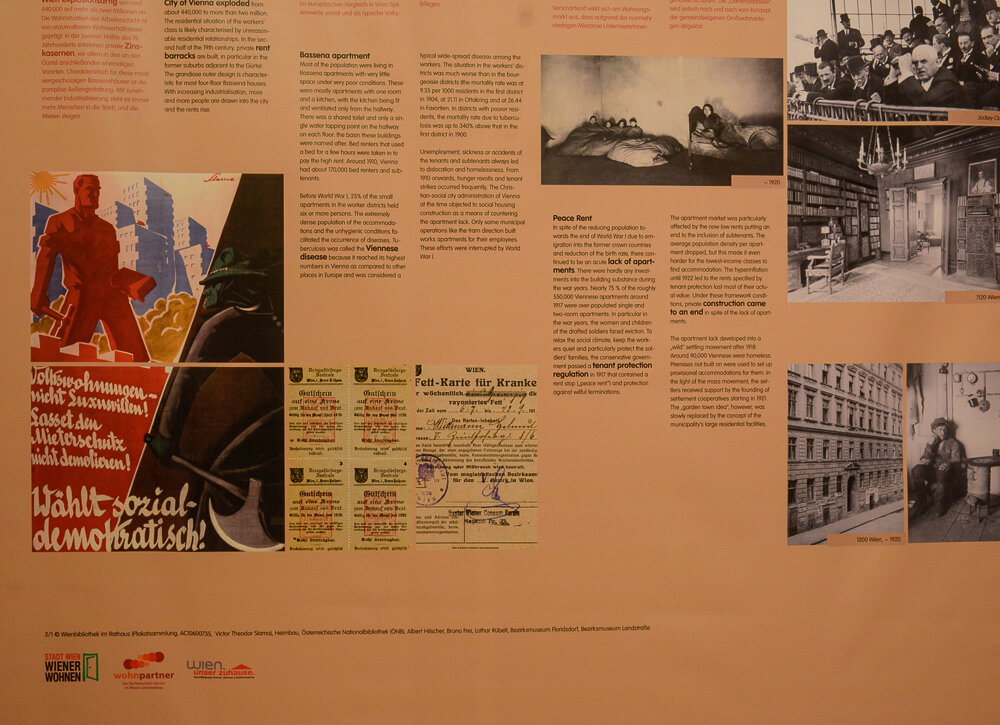

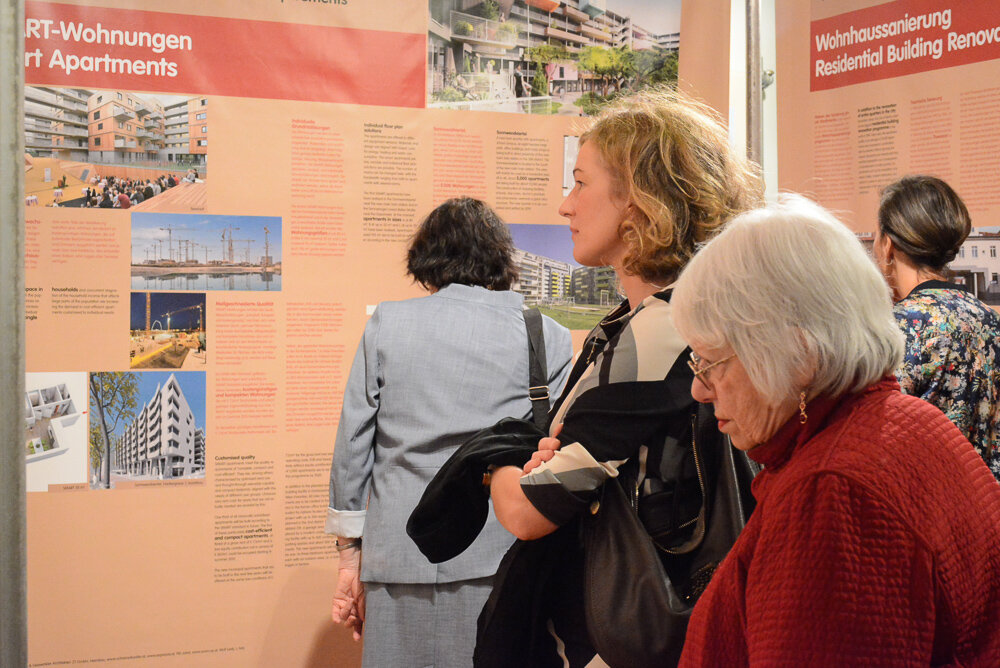
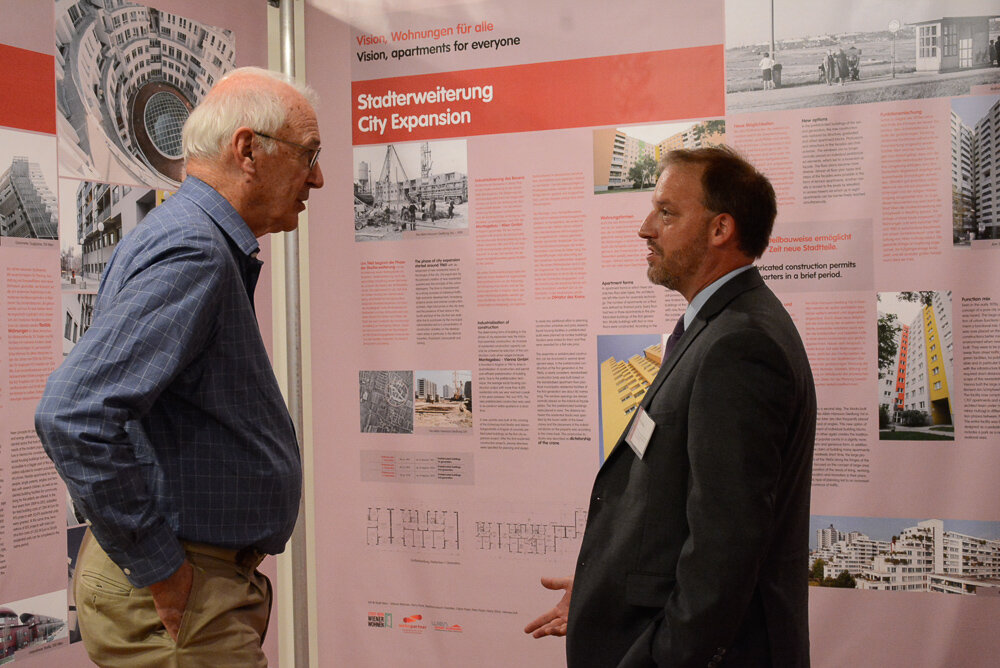
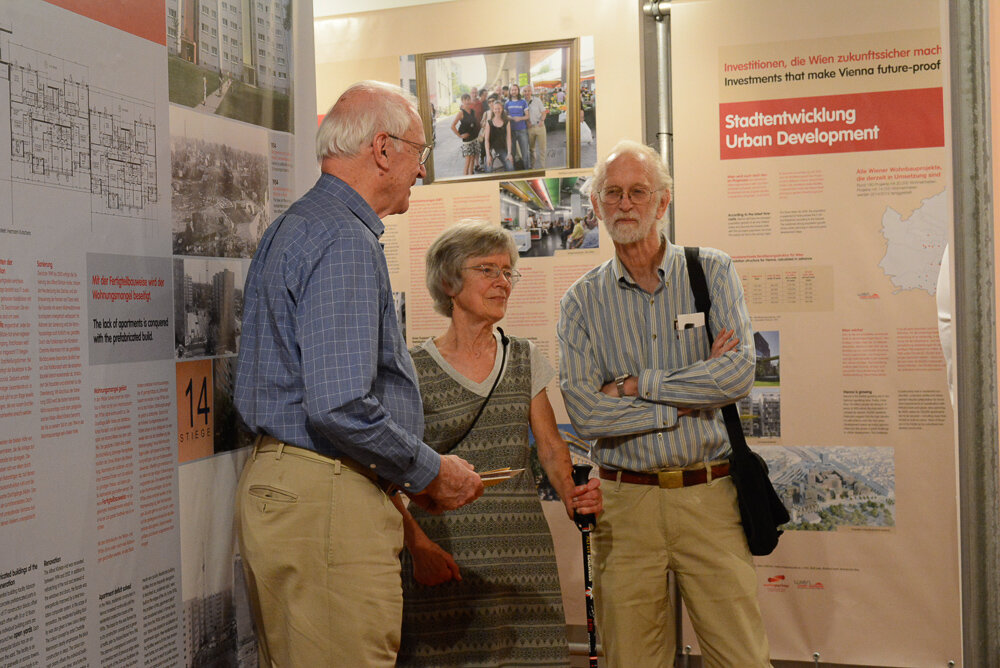
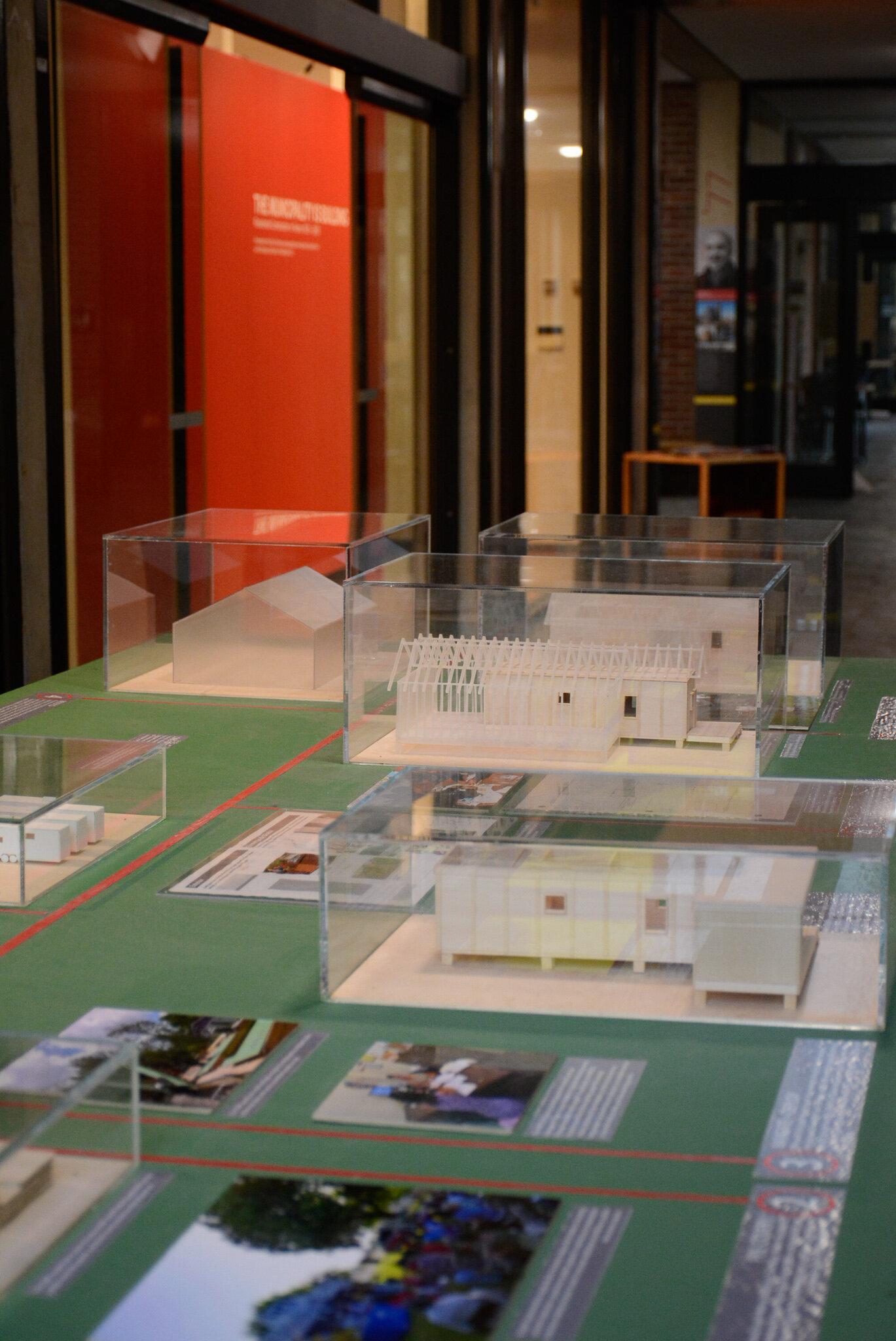
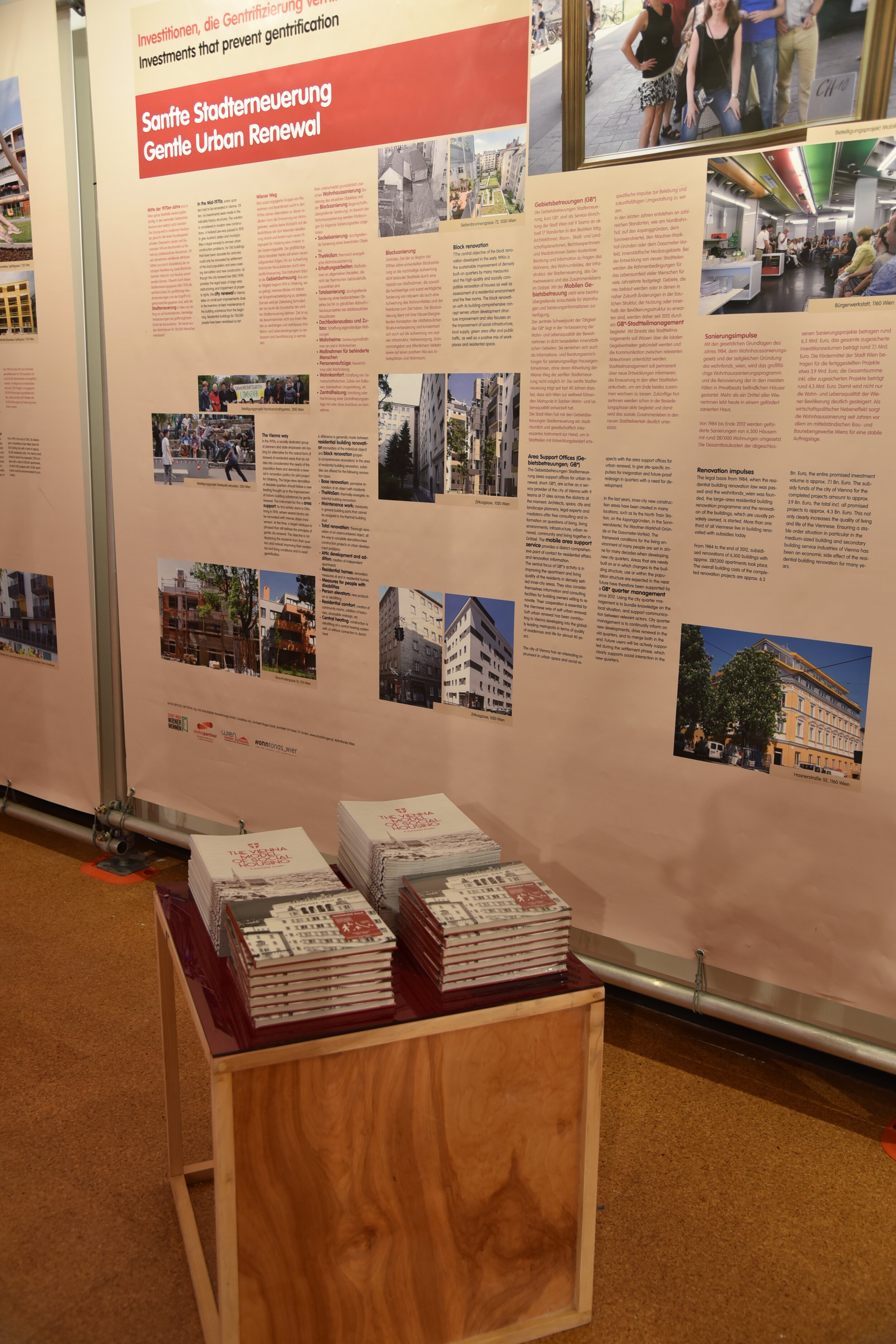

Coinciding with the symposium was the opening of the multimedia exhibition The Municipality is Building. Vienna Residential Construction 1920 to 2020 that was created by the City of Vienna’s public housing agency. This exhibition was already shown among other cities in Trieste (Italy), in the European Parliament in Brussels, in different German cities like Berlin, Dresden, Trier and Mainz as well as in Ottawa (Canada).
Producer: Susan Kenedy | Videographer, Editor: Mike Springirth | Montgomery County Council Information Office
In Vienna, housing is treated as a service of general interest. About 60% of Vienna’s almost 1.9 million inhabitants live in subsidized housing, available for both people with low incomes and “a broad middle class”. Therefore, a unique characteristic of Vienna’s public housing system is created that prevents gentrification by ensuring a healthy and stable mix of different social classes living together and in the city in general.
“For many years, Vienna has shown how important it is to ensure stable prices by smartly combining land procurement, a diversified subsidy system, tenant protection and tenant participation. Wherever it is possible for us as a city we aim to create a positive impact on rents.”
Unlike the housing plans of many other international cities, Vienna’s schemes are generally believed to be at the forefront, not only of progressive planning policy but also of sustainable design and architecture. Social housing in Vienna has been widespread since the 1920s, when the post-war municipality began building high-density estates all over the city. The exhibition highlights these accomplishments and is now on view at the University of Maryland, School of Architecture, Planning and Preservation’s Kibel Gallery from September 13 through October 20, 2019.
“The exhibition ranges from the first municipal building in Vienna, the Metzleinstalerhof, through the diverse residential construction activities in the 20th century up to the current residential construction program with its SMART apartments and “Brand new municipal apartments”, what we call “Gemeindebau NEU”.”
(c) ACF Washington
To expand this discussion further to the public, the Montgomery County hosted a community conversation at the County Council’s office building in Rockville on September 14. Council Member Hans Riemer, who also participated in the symposium, was joined for this discussion by the representatives of Vienna, Zachary Marks (Housing Opportunities Commission), Aseem Nigam, Quinn McLean (President of EYA, LLC), and Shruti Bhatnagar (Chair of Sierra Club). In the light of America's affordable housing crisis the discussion gave the opportunity to exchange ideas and potential solutions with the Austrian experts and the interested public audience.

